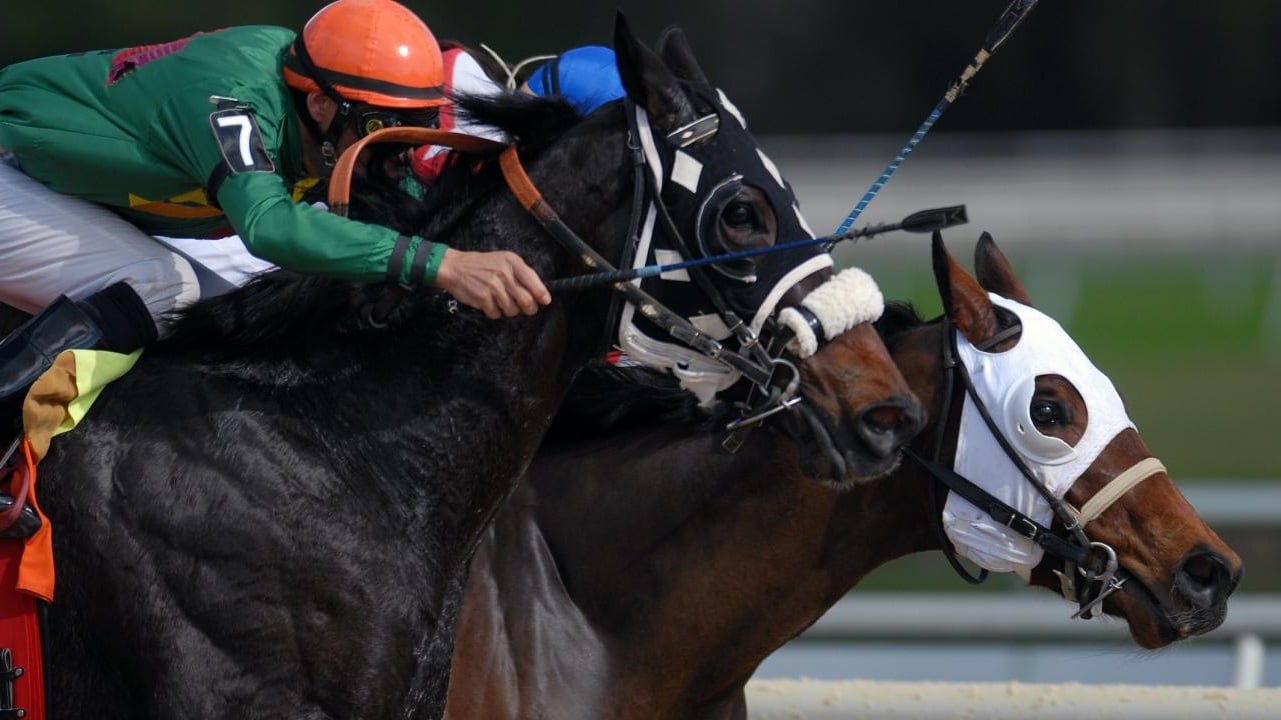Tips to avoid horse-race coverage and both-sides reporting

- Who is going to win the elections? What do the polls say? And now? Many journalists are used to this type of election coverage that only tells what the polls say and who they say is going to win.
- But while it is useful information, it is not the most advisable to stick to that information alone. That is why we give you some tips to avoid this kind of coverage as if the elections were a race.
- This article is part of a special with recommendations for journalists on how to cover the elections by Chequeado, IJNet, ICFJ and Factchequeado.
When election periods approach, there is a great temptation for journalists and the media to focus on polling data as if the election were no more than a competition. Headlines revolve around who is leading in the polls, who is in second place, and who may be far behind in last. Sound familiar? Just like a horse race – that’s precisely why they call it “horse race” coverage.
Studies show that covering elections in this way erodes trust in politicians and the media, keeps an audience less informed, dulls the chances of women candidates and less popular political parties, and ultimately favors “novel and unusual” candidates (who are not necessarily the best choice).
The consequences for democracy, then, are not minor: horse race coverage can even lessen the willingness to vote. Thinking your candidate has a high chance of winning can decrease the incentive to vote, according to a 2020 paper by Dartmouth College political science professor Sean Jeremy Westwood.
Experience has led us to understand that voters need more complete information through coverage that delves into candidates’ proposed policies, the support they enjoy from the parties and the chances of achieving said policies. It can also be helpful to outline how similar responses have worked or fallen short in the past or in places with similar problems.
Still, it is important to understand why both media and audiences are attracted to horse race coverage when it comes to elections. It’s because it turns politics into a game and that makes it interesting, argued Roy Peter Clark, a journalist and author at the Poynter Institute, in an article he titled ‘In the defense of the horse race’.
It isn’t wrong to make election coverage a subject that arouses passions and interest – we shouldn’t lose sight of this. It is also clear that polls and surveys provide a quick overview, and that it is simpler for readers to glance at a ranking rather than read an article in its entirety. When conveying polls and rankings, it is important to do so only from reliable sources, analyze the numbers, and provide context such as when the poll was conducted and any major news that happened that day that may have influenced its results.
Another recommendation to help enrich coverage and provide context for polls is to delve into deeper issues, such as who has raised the most money for their campaign, what they are spending it and who has the support of which influential groups.
Horse race coverage is also appealing because of its simplicity. Elections-related topics don’t have to be boring; it is the job of a good journalist to make them engaging, in fact. The more reporting that is done, the clearer journalists can write and get to the point.
Do the candidates want to spend more or less money on a certain issue? What do they propose? How do they differ from their opponents? Where have any of their policies already been implemented and what are the results? What does it mean for your children, your taxes, your health?
A journalist must answer the key question: how does this affect my audience? Instead of covering, for example, the empty phrases of some campaigns, the task is to understand the candidates’ proposals well and translate them to the audience in a way that works for them. You can communicate the popularity of an idea through polls or voting intentions, but always after explaining the many aspects of the proposal.
Polls must go through a detailed inspection filter by the journalist. This means paying attention to a study’s many details, starting with the reputation of the person who conducted it. The sample size, date and margin of error, among other data, also come into play.
It is furthermore important to clarify what exactly was asked and in what form, in what order, when these questions were asked, to whom and in what places. The consultation of experts in statistical matters plays a key role.
Thomas E. Patterson, a media professor at Harvard Kennedy School, recommends a list of reliable organizations that conduct surveys in the U.S., as well as other questions a journalist can ask to improve their coverage.
This resource is part of a toolkit on elections reporting and how to spot mis- and disinformation, produced by IJNet in partnership with Chequeado and Factchequeado, and supported by WhatsApp.
Fecha de publicación original: 31/07/2023
Comentarios
Valoramos mucho la opinión de nuestra comunidad de lectores y siempre estamos a favor del debate y del intercambio. Por eso es importante para nosotros generar un espacio de respeto y cuidado, por lo que por favor tené en cuenta que no publicaremos comentarios con insultos, agresiones o mensajes de odio, desinformaciones que pudieran resultar peligrosas para otros, información personal, o promoción o venta de productos.
Muchas gracias